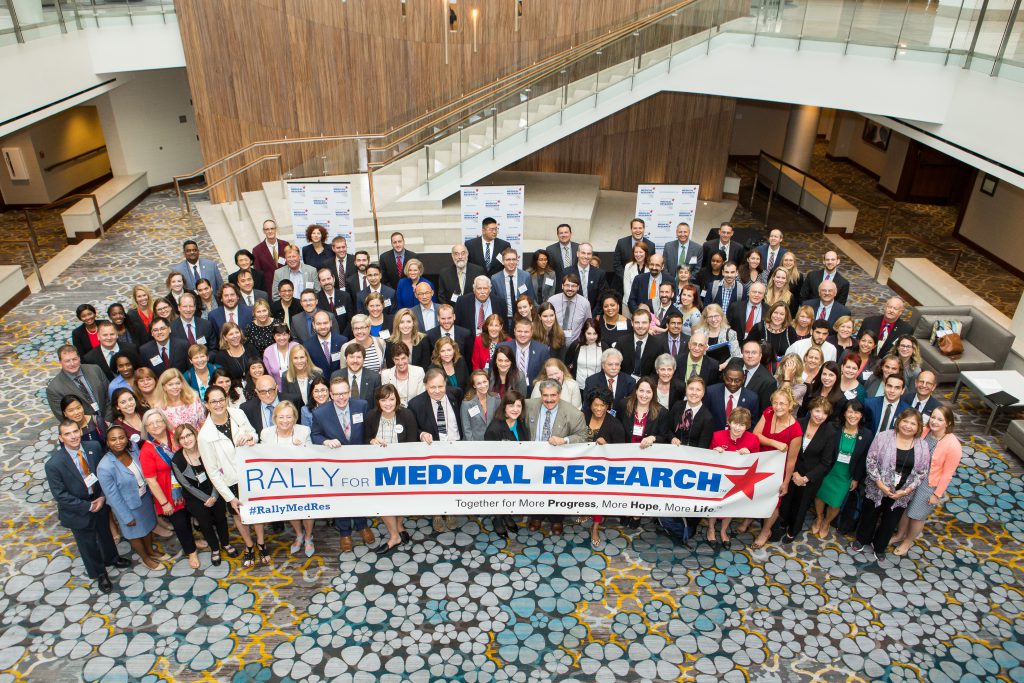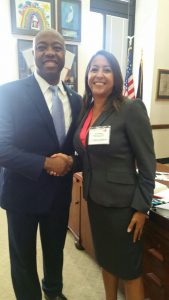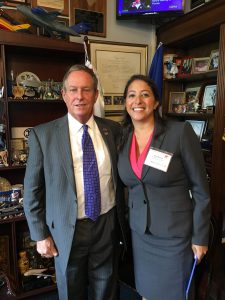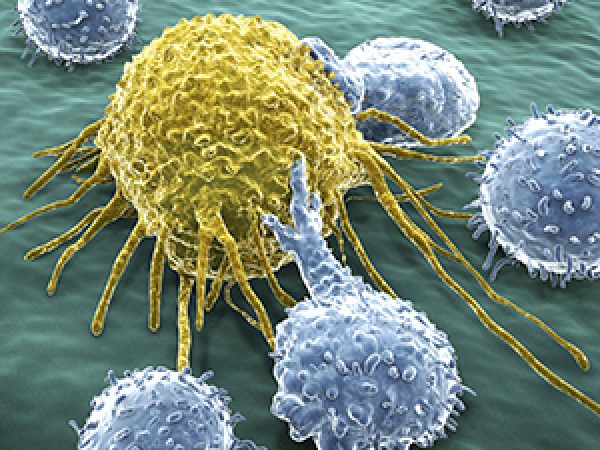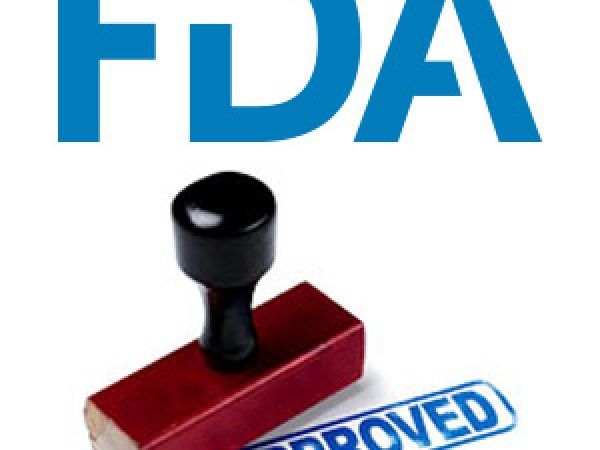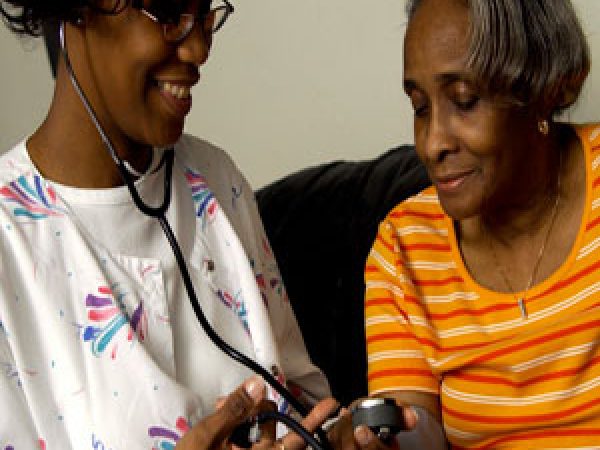A Young Researcher Advocates for Strong Federal Funding
Guest post by Amy Wahba, PhD
Associate member of the American Association for Cancer Research
“People think they have many problems. When a member of your family is sick, you have ONE problem.”
As Missouri Senator Roy Blunt spoke these words to a room full of people from all over the country, we were reminded why we all came to Capitol Hill to advocate for continued federal investment in medical research and biomedical science. Many of us become inspired to make our voices heard because of the feeling of helplessness after hearing news that changes our lives forever.
What could’ve been done differently?
Why has this happened to our family?
What can we do now to make this disease go away?
For so many diseases, there are treatments and maybe even cures. The cures wouldn’t be possible without decades of medical research and tireless efforts to answer scientific questions that feed into the greater knowledge about a disease.
But there are also diseases with very few treatments, and no reliable cures. And for families facing these situations, people are left wishing more advances had been made sooner.
Scientific advancements are made through scientific research. From understanding the basic biology behind a disease to testing how well a drug targets a disease, the majority of this research is funded by the National Institutes of Health (NIH). The National Cancer Institute, which is part of the NIH, funds and supports a large amount of research devoted to cancer.
So, on Sept. 14, 2017, hundreds of people from 37 states and Washington, D.C., from over 300 institutes and organizations, including the American Association for Cancer Research (AACR), gathered for the fifth Annual Rally for Medical Research with a common message:
- Thank members of Congress for providing another $2 billion increase for the NIH in fiscal year (FY) 2017, and for their continued efforts to make funding medical research a national priority.
- Urge Congress to continue the momentum of robust, sustained, and predictable funding by providing a $2 billion increase for the NIH in FY 2018, for a total funding level of $36 billion.
- Ask members of Congress to work in a bipartisan manner to reach a bicameral budget agreement for FY 2018 and beyond that lifts the caps on non-defense discretionary spending imposed by the Budget Control Act of 2011. Avoiding sequestration is the only way to achieve long-term, real growth for the NIH.
My group included scientists from research institutes whose programs depend on NIH funding, as well as advocates whose lives have been directly impacted by diseases that need to be studied further to provide new treatment options. We attended five Congressional meetings with Sen. Tim Scott (R, South Carolina), Rep. Joe Wilson (R, South Carolina), and Rep. Ralph Norman (R, South Carolina) along with members of their staff, as well as legislative staff from the offices of Sen. Lindsey Graham (R, South Carolina), and Rep. Mark Sanford (R, South Carolina).
As we told our stories about how our lives have been driven by the desire to make diseases more treatable in the hopes that other families won’t have to face the same helplessness that we’ve seen, we hoped to put a face to the struggles of many Americans. We also aimed to highlight how NIH funding is directly responsible for advances made in every disease being studied. Because increased funding means more scientific advancements, robust, sustained, and predictable NIH funding is a mission that has support from Congressmen from both parties and from 75 percent of Americans.
Advocates for medical research are often people who have experienced what it’s like to wish there was more that could be done. They, or their loved ones, have faced a disease that has become their ONE problem, as Senator Blunt noted.
Coming together for the Rally for Medical Research sends a powerful message that increased NIH funding will lead to more cures. Together, we aimed to tell Congress that a national investment in medical research leads to more progress, more hope, and more lives saved.
Amy Wahba is an associate member of the AACR. She received a professional master’s degree in biotechnology and a PhD in molecular biology from the University of South Carolina in Columbia. She has since been a postdoctoral fellow in the Radiation Oncology Branch at the National Cancer Institute at the National Institutes of Health in Bethesda, Maryland. Her research investigates changes in gene expression after radiation in glioblastoma multiforme as potential drug targets to increase tumor sensitivity to radiation. She has also been involved with the AACR in advocacy and science policy.
